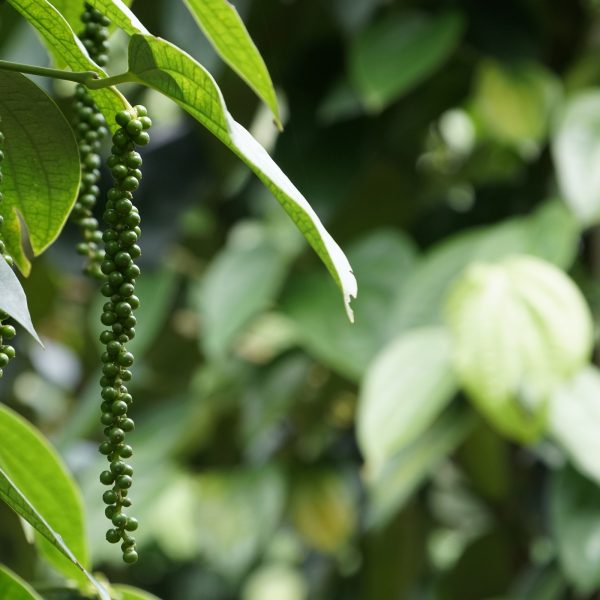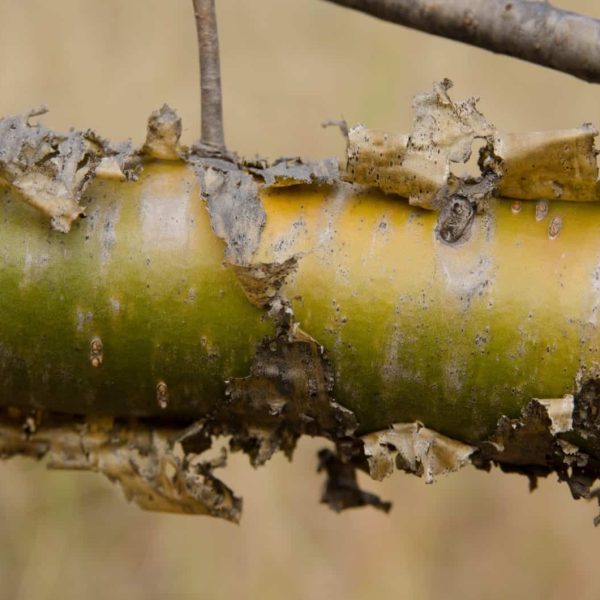-
How does it feel?
Myrrh is a small thorny tree that grows in dry, arid areas and is native to India. The tree exudes a resinous sap out of incisions in the bark. It is this resin that is known as ‘guggul’. On an annual basis, each plant will produce between 0.5–1kg of resin which is collected for medicinal purposes. According to the Bhavaprakasha there are five varieties. The dark brown (mahishaksha) and yellow brown (kanaka) Guggulu varieties are preferred for their medicinal values.
-
What can I use it for?
Myrrh contains resin, volatile oils and gums as its primary constituents. Myrrh contains one particular component which is the steroid guggulsterone. It is this particular compound that is responsible for the plants ability to lower LDL (low density lipoprotein) based cholesterols and to lower levels of blood based triglycerides. This herb also demonstrates antioxidant activity which provides particular protection for the blood vessels against the onset of conditions such as atherosclerosis. Consequently, this herb is often used in weight maintenance programmes and to improve digestive metabolism.
-
Into the heart of myrrh
 Myrrh has a very specific ability to support the body’s natural ability to metabolise and process fat and is traditionally used to help reduce excessive levels of cholesterol and fat in the blood stream. Its ability to enhance digestive metabolism has made guggul particularly popular in weight management programmes where individuals are trying to loose excess weight. The impact of guggul upon metabolism means that it has the ability to support other organs highly dependent upon an efficient metabolism, such as the thyroid.
Myrrh has a very specific ability to support the body’s natural ability to metabolise and process fat and is traditionally used to help reduce excessive levels of cholesterol and fat in the blood stream. Its ability to enhance digestive metabolism has made guggul particularly popular in weight management programmes where individuals are trying to loose excess weight. The impact of guggul upon metabolism means that it has the ability to support other organs highly dependent upon an efficient metabolism, such as the thyroid.Myrrh will effectively ‘scrape-out’ any toxic accumulations within the body, indicating it in any condition characterised by accumulation such as diabetes, atherosclerosis, arthritis, endometriosis and generalised inflammation.
Myrrh also possesses particularly strong anti-inflammatory and anti-infective components that make it excellent at treating any form of infection characterised by pain and inflammation. Myrrh has displayed particular effectiveness in dental and skin infections.
Myrrh reduces cholesterol (LDL) and prevents accumulation. It has a property that ‘scrapes’ deposits from the channels, joints and tissues. Myrrh is a specific herb for obesity and excessive weight; this works via its ability to enhance thyroid function and regulation of fat metabolism.
Myrrh displays strong anti-inflammatory and detoxifying action, with a particular affinity for arthritic pain and swelling.
Myrrh is indicated in ischaemic heart disease, angina and congestive heart failure. It increases the blood flow, reduces blood clots and clears atherosclerosis. It scrapes toxic deposits and accumulations from the body.
It can clear endometriosis, polycystic ovarian syndrome and clots, through reducing all accumulations of the lower abdomen. It also regulates the cycle and is a strong emmenagogue.
Myrrh can be used to treat skin inflammations. Clinical trials have proven efficacy in acne as opposed to antibiotic treatment. It is used in stubborn skin lesions that are chronic, ‘stuck’ and resistant to other treatments. It also benefits general inflammations of the mucus membranes throughout the body, mouth ulcers and lung infections. It helps to regenerate tissue granulation and enhance healing; clears tumours, dead tissue and reduces lipomas.
Myrrh has the ability to increase the white blood cell count, which helps to clear infections, reduce sore throats and promote the immune response.
The resinous characteristics of myrrh, traditionally indicated it in the healing of bone based fractures and the healing of deep-seated wounds.
Myrrh can be effectively used to reduce all growths and accumulations in the body, including tumours.
-
Traditional actions
Herbal actions describe therapeutic changes that occur in the body in response to taking a herb. These actions are used to express how a herb physiologically influences cells, tissues, organs or systems. Clinical observations are traditionally what have defined these actions: an increase in urine output, diuretic; improved wound healing, vulnerary; or a reduction in fever, antipyretic. These descriptors too have become a means to group herbs by their effects on the body — herbs with a nervine action have become the nervines, herbs with a bitter action are the bitters. Recognising herbs as members of these groups provides a preliminary familiarity with their mechanisms from which to then develop an understanding of their affinities and nuance and discern their clinical significance.
-
Traditional energetic actions
Herbal energetics are the descriptions Herbalists have given to plants, mushrooms, lichens, foods, and some minerals based on the direct experience of how they taste, feel, and work in the body. All traditional health systems use these principles to explain how the environment we live in and absorb, impacts our health. Find out more about traditional energetic actions in our article “An introduction to herbal energetics“.
Western energetics
-
Did you know?
Myrrh is traditionally collected during the Autumn season, as it is believed to be more potent at this time of year. Interestingly, myrrh used to be purified by boiling it in milk and cow’s urine (thankfully, it is no longer purified using such methods!).
Additional information
-
Safety
Guggulipid is reported to reduce the effect of antihypertensives such as propanolol and diltiazem and so medication should be adjusted accordingly. Caution with hypoglycaemic medication.
-
Dosage
3–9g/day in a decoction, 250–3g/day pills, 3 x 250–750mg/day of 1:4 concentrated powder or 3–10ml/day of a 1:5 in 90% tincture. While using Guggulu, pitta aggravating lifestyle (sour foods, alcohol, anger and excessive sunlight and sexual activity) should be avoided.




























 Myrrh has a very specific ability to support the body’s natural ability to metabolise and process fat and is traditionally used to help reduce excessive levels of cholesterol and fat in the blood stream. Its ability to enhance digestive metabolism has made guggul particularly popular in weight management programmes where individuals are trying to loose excess weight. The impact of guggul upon metabolism means that it has the ability to support other organs highly dependent upon an efficient metabolism, such as the thyroid.
Myrrh has a very specific ability to support the body’s natural ability to metabolise and process fat and is traditionally used to help reduce excessive levels of cholesterol and fat in the blood stream. Its ability to enhance digestive metabolism has made guggul particularly popular in weight management programmes where individuals are trying to loose excess weight. The impact of guggul upon metabolism means that it has the ability to support other organs highly dependent upon an efficient metabolism, such as the thyroid.




